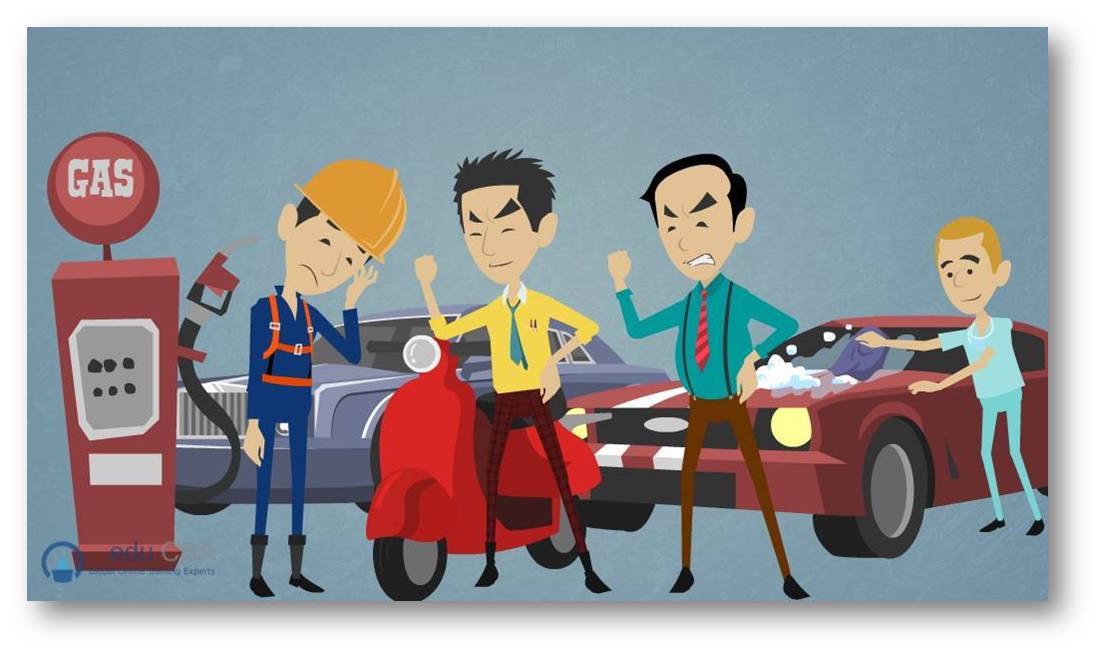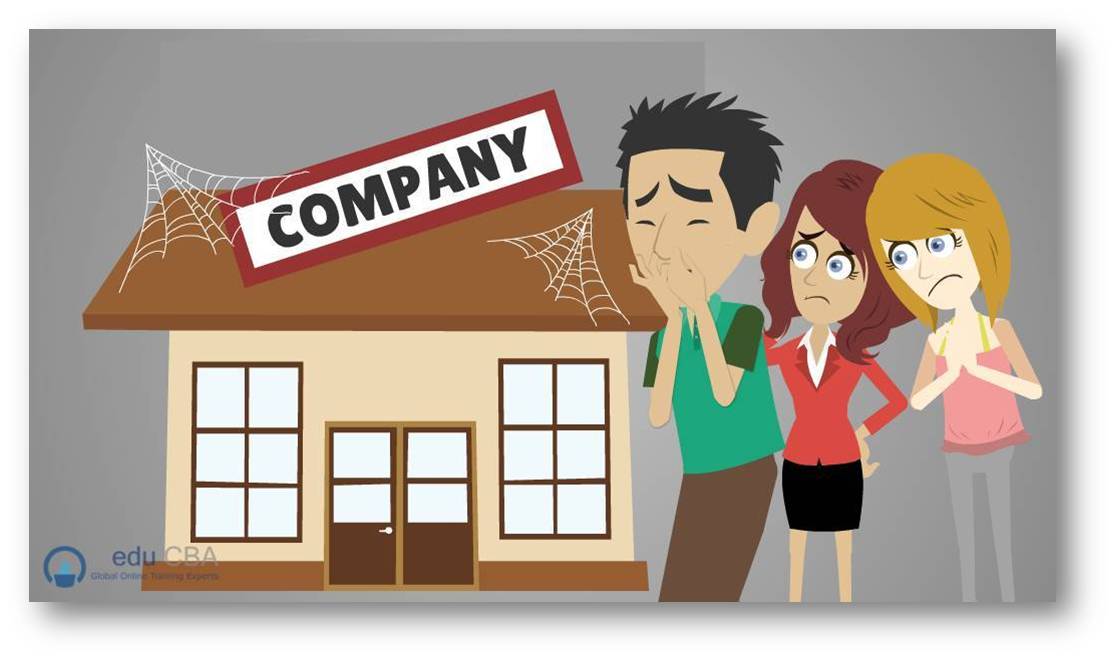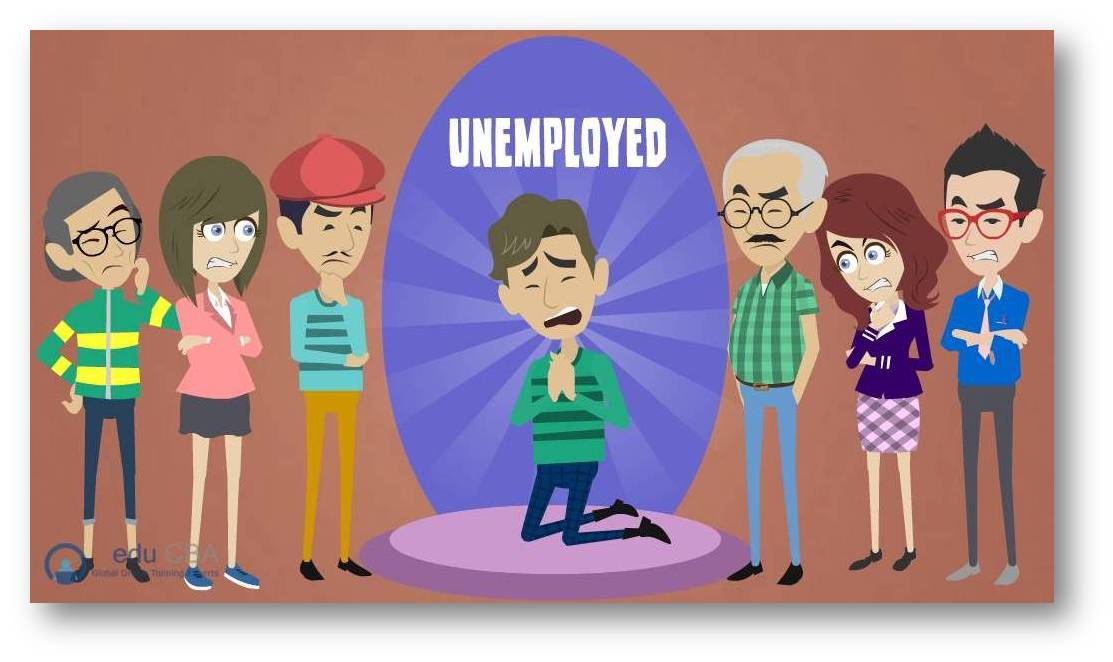Updated October 23, 2023
Let me tell you that the above three events are quite interesting. You may have heard these facts before, or this may be totally new information for you. These facts may have contributed to the macro economy of that respective country in one way or another. But life does not always bring all the good news to the Market. Some macroeconomic problems can totally crash the Market. So, in this article on macroeconomic problems, we will understand these issues in detail and how they affect the economy. So, let’s first start by understanding the meaning of Macroeconomics.
Meaning of Macroeconomics
You must have heard of the term Microeconomics hundreds of times. So, let’s now try to understand it in simple terms. Macroeconomics is focused on the movement and trends in the economy. The field of economics studies the behavior of the entire economy. Thus, we can say that it is that part of economic theory that studies the economy in its totality or as a whole.
Let us now understand how it is different from Microeconomics. Microeconomics deals with individual economic units like households, firms, or industries. On the contrary, Macroeconomics deals with the whole economic system, like national income, total savings and investment, total employment, total demand, total supply, general price level, etc. In this article, we will study the determination of aggregates of the economy and what causes fluctuations in them. We will understand the reason for the fluctuations and how to ensure the maximum level of employment and income in a country.
Importance of Macroeconomics
- It helps in understanding the functioning of a complex modern economic system. Macroeconomics gives us a clue into how the economy functions as a whole and how the level of national income and employment is determined on the basis of aggregate demand and aggregate supply.
- In a certain way, macroeconomics does help in achieving the goal of economic growth, a higher level of GDP, and a higher level of employment.
- It also analyses the forces which determine the economic growth of a country. Understanding the macroeconomic problems gives a cue on how to reach the highest state of economic growth and sustain it.
- Bringing stability in price level and analysis of the fluctuations in business activities is another set of macroeconomic problems that are taken care of by a better understanding of macroeconomics.
- Macroeconomics helps in suggesting policy measures to control inflation and deflation.
- It explains the factors affecting the balance of payment. It also identifies causes of deficit in the balance of payment and suggests measures.
- Helps to solve economic problems like poverty, unemployment, inflation, deflation, etc. The solution for such macroeconomic problems is possible at the macro level only.
- A better understanding of the country’s macroeconomics helps formulate correct economic policies and coordinate with international economic policies.
Macroeconomics Problems: What Are They?
Now that we have understood the meaning and importance of macroeconomics let’s try to grasp some ideas about some common macroeconomic problems. In the earlier paragraphs of this article, we have heard some terms related to macroeconomics. Some of them were inflation, unemployment, the balance of payment, etc. So, now let’s get to know them better. Have you ever tried to think of when these macroeconomic problems arise? To get your doubts clear, let me share the answer with you.
Macroeconomic problems arise when the economy does not adequately achieve the goals of full employment, stability, and economic growth. As a result, a cascading effect follows—unemployment results when full employment is not achieved. Inflation creeps in when the economy falls short of the goal of stability. The phase of stagnant growth arises when the economy is not adequately attaining the goal of economic growth. All these problems are due to too little or too much demand for gross production. For instance, unemployment results from too little demand, and inflation emerges with too much demand.
Unemployment
Think that there are 4 boxes of a full-sized pizza, and there are 10 hungry moths that are ready to grab a bite. But only 4 of them get to have all 4 boxes of pizza. So rest of the six people are not utilized here in this eating completion. Though it’s a funny scenario, it can relate exactly to why unemployment creeps in. In the same way, unemployment arises when factors of production that are willing and able to produce goods and services are not actively engaged in production. Unemployment means the economy is not attaining the macroeconomic goal of full employment. Unemployment is a problem because:
- Less output, and thus arises the problem of scarcity in the economy.
- Due to this, the owners of unemployed resources receive less income. This gradually reduces the standard of living.
Thus unemployment rate ultimately tells us how many people from the available labor force pool cannot find work. It is generally observed that unemployment levels tend to be low when the economy witnesses growth from period to period, which is indicated in the GDP growth rate. This is because with rising (GDP levels, the output is higher, and hence, more laborers are needed to keep up with the greater production levels. Generally, the better the economy, the lower the unemployment rate.
Inflation

The consistent and persistent rise in the average price level in the economy leads to inflation. In simple words, during Inflation, there is a general rise in the price of goods and services over time. In such cases, prices generally rise from month to month and year to year, and thus, with this burden of inflation, the economy does not attain its stability goal. Inflation leads to an average increase in prices. Here, some prices rise more than the average, some rise less, and some even decline.
Inflation is a problem because:
- Since there is a rise in the price of goods and services, the purchasing power of money declines, this, in turn, reduces financial wealth and lowers living standards.
- Greater uncertainty surrounds long-run planning.
- Income and wealth tend to be haphazardly distributed among various sectors of the economy and the resource owners.

Unemployment and inflation tend to arise at different phases of the business cycle. The probability of these problems will vary accordingly. Sometimes, unemployment is less of a problem, and inflation is more. At other times, unemployment is more of a problem, and inflation is less. Now, we will understand how these two problems are connected to the two primary business cycle phases.
- Contraction Phase: During the contraction phase of the business cycle, there is a general decline in economic activity. The aggregate demand is less, meaning less output is produced, and thus fewer resources are employed for the same. For this reason, unemployment tends to be a key problem here. But at the same time, since markets tend to have more surpluses than shortages, inflation tends to be less of a problem during this phase.
- Expansion Phase: During the expansion phase of the business cycle, there is a general rise in economic activity. Thus, the overall aggregate demand increases, leading to more production and the resources employed at a higher level. Demand is more than supply. Hence, markets are more likely to have shortages than surpluses. Thus, inflation tends to be the primary problem during this phase. However, with robust production, more people need to cope with the Job demand, and thus, unemployment tends to be less of a problem.
Interest Rates

Interest rates are the charges levied by banks for lending a loan. As businesses borrow money from the banks occasionally, an increase in Interest rates will directly influence the business. The increase in interest rates will lead to an increase in interest expense. In such a case, businesses will incur higher costs to repay the loan. Along with the businesses, interest rate changes also affect customers, which will affect the business. In such cases, individuals have to pay more to borrow the money, ultimately declining the demand for large products.
Stagnant Growth

Stagnant growth occurs when the Supply of products is not increasing or decreasing below the benchmark. An increase in the total production of goods and services is generally for the economy’s growth. This is necessary to keep pace with an increase in the population and expectations of rising living standards. Stagnant growth exists if total production does not keep pace with these expectations. Hence, the macroeconomic goal of economic growth is unsuccessful. The probable reasons for stagnant growth can be the quantity and quality of the resources used for production.
So let’s understand the reasons in detail. The quantities of the four production factors can restrict production growth. These factors are labor, capital, land, and entrepreneurship. If a lazy person decides to quit his job and spend his time doing nothing but sleeping on his parent’s living room sofa, then the total quantity of labor declines. Thus, the quantity of labor is based on both the overall population and the portion of the population willing and able to work.
If, for example, Government regulations and High taxes discourage some industries from building new factories in the manufacturing sector, it will totally decline the quantity of capital. So, this is all about the macroeconomic problems.
If you have any further input on this article, you may notify me through the comments below this article. Learn the juice of this article in a minute through Macroeconomics problems Infographics.
Recommended Articles
Here are some articles that will help you get more details about macroeconomic problems, so just go through the link.




